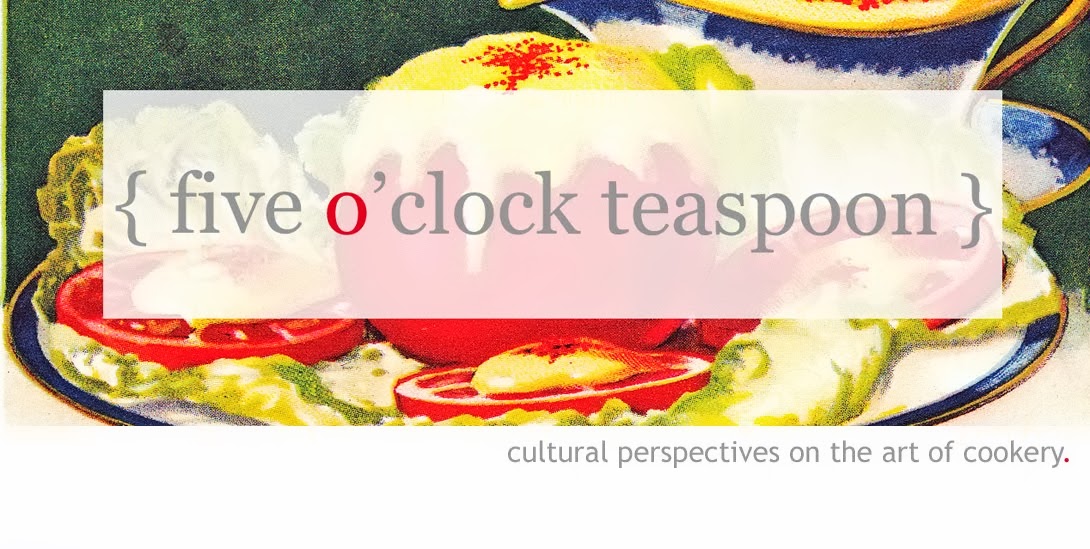Book Review: Hsa*ba
Burmese food blends the pungent sweet-sour flavors of Chinese Southeast Asian cuisine with the robust aromatics of the Indian subcontinent. While there are a handful of Burmese cookbooks on the market, one need look no further than hsa*ba (2008), written by Tin Cho Chaw, a Rangoon native currently living in the UK. The author translates the Burmese greeting, "hsa ba" as "please eat," and with this sentiment, the reader is invited to partake in 100 family recipes including street snacks and festival dishes.
Hsa*ba feels like a very personal collection of recipes and is interspersed with brief essays on specific places and dishes. The book opens with savory snacks such as pea crackers--delicate fried wafers dotted with yellow split peas-- naan bread, and Myanmar's signature laphet thote, or pickled tea leaf salad, and follows with chapters devoted to ingredients as well as many noodle and rice dishes. A chapter on condiments provides some essential Burmese meal accompaniments, garnishes, and dips including sour chilli dip, spicy bean curd and peanut sauce, and pickled vegeatbles. While maintaining the integrity of the dish, hsa*ba adapts dishes for which the main ingredient is impossible to find outside of Myanmar. A recipe for shauk dhi thote, ordinarily made with shauk thi, a native citrus, is thus reworked as lemon relish, or thambayo dhi thote.
Every dish I've prepared from this book has turned out just as described; the instructions are clear and thorough. My favorite recipe in hsa*ba is for ohn nyot khaut swe, coconut noodle soup, reminiscent of Malay/Indonesian laksa, a spicy coconut curry broth served with noodles and eggs, for which I had never found a good recipe. As I don't eat meat I replaced the chicken in this recipe with firm tofu and used my favorite vegetable stock as a soup base. Even with these adjustments the dish was as complex and rich as some of the best laksa I've ever eaten.
Subscribe to:
Posts (Atom)


